In the ever-evolving landscape of technology, where the boundaries between human and machine blur, I find myself at a crossroads.
As a Hive enthusiast, deeply embedded in the fabric of decentralized governance and community-driven innovation, I ponder a question that's as old as the industrial revolution itself - Can a robot do it better?
In the grand tapestry of occupations, my role within the Hive ecosystem stands out as a beacon of human ingenuity and collaboration. Hive, in its essence, is more than just a platform; it's a testament to the collective will, a place where ideas flourish, and governance is not just a concept but a practice.
Here, amidst the bustling forums and vibrant discussions, I find my purpose, my niche. But as the whispers of AI and robotics grow louder, a lingering thought emerges - what place does a human hold in a world marching towards automation?
Determination courses through my veins as I reflect on this. The rise of AI, often seen as a harbinger of obsolescence for many skills, presents a unique narrative within the Hive community. It's not about replacement; it's about augmentation.
In the realms of coding for our burgeoning Web 3.0 games or the meticulous task of data scraping, AI and robotics serve as allies, not adversaries. They are tools that, when wielded with precision and foresight, amplify our capabilities, propelling our projects to new heights.
Yet, as I navigate through this digital expanse, I'm buoyed by a sense of optimism. Hive, with its open-source ethos and community-centric approach, is not just surviving in this era of technological marvels; it's thriving.
The very nature of Hive, adaptive and resilient, ensures that it not only absorbs the shockwaves of innovation but also harnesses them for its growth. This is not a mere platform; it's a crucible of human aspiration, where technology serves to elevate, not to erase.
In this narrative, the future of work is not a dystopian vision of machines reigning supreme but a harmonious blend where technology and human spirit coalesce. It's a future where the nuances of governance, the subtleties of community interaction, and the irreplaceable touch of human empathy shine through, undimmed by the glow of screens and the hum of servers.
As we stand on the brink of this new era, the call to action is clear. It's not about bracing for impact but about embracing the change. It's about redefining our skills, reimagining our roles, and reaffirming our value in a world that's increasingly digital.
The path forward is paved with education, adaptability, and a relentless pursuit of innovation, ensuring that as the world shifts, we're not left behind but leading the charge.
In the heart of this technological maelstrom, my role within Hive transcends the traditional boundaries of work. It's a dance with the digital, a partnership with the programmable. And in this dance, I'm not just a participant; I'm a choreographer, crafting a future where technology enhances humanity, not eclipses it.
As we embark on this journey, the tone of our narrative is not one of urgency or apprehension but of reflection and foresight. It's a conversation, not just about surviving but thriving in the face of change. It's about weaving the threads of human resilience and ingenuity into the fabric of our digital destiny, ensuring that in the tapestry of the future, the human element remains not just present but paramount.
In the end, the question isn't whether a robot can do it better. It's about how we, as a community and as individuals, can harness the potential of AI and robotics to elevate our collective human experience. In the symphony of progress, our humanity is the melody that endures, resonant and irreplaceable.

This is my participation on topic of Hive Learners called Can A Robot Do It Better?
Last week, we talked about our jobs off the chain. However, in your jobs now, can you be replaced by robots and AI? What will you do if it eventually happens and the machines take your job from you? How will you cope in such a world where your skill is now obsolete?